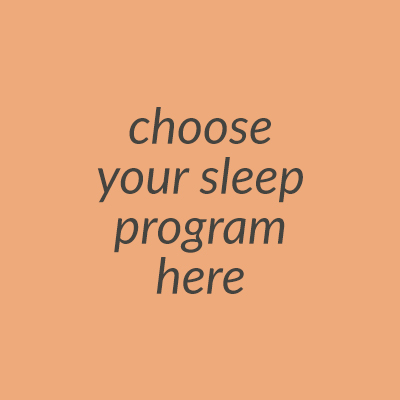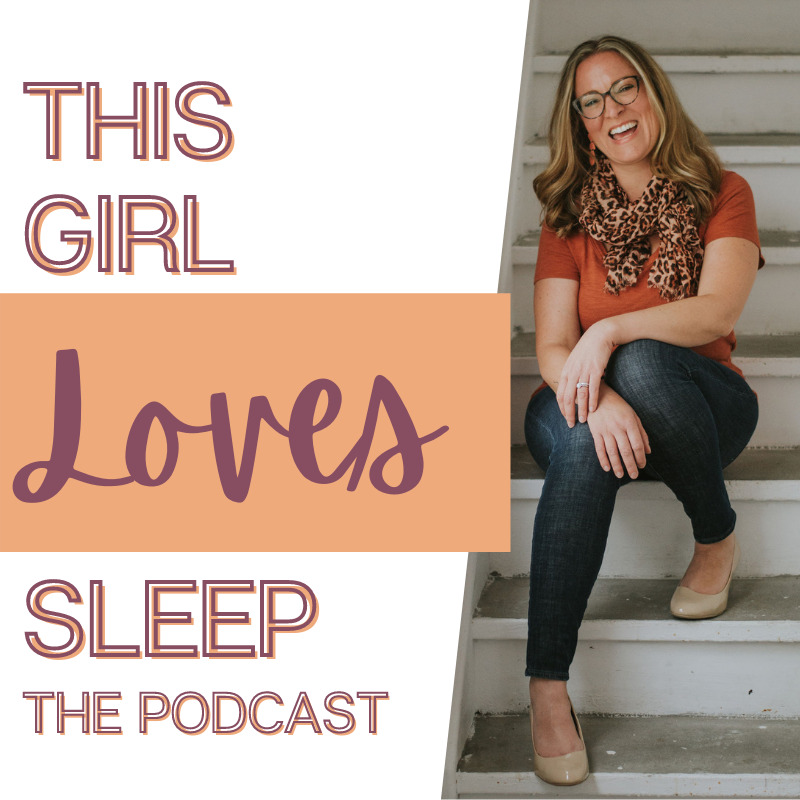Here at Good Night Sleep Site we help countless children (and parents) develop healthy sleep habits. We work with a variety of ages from babies all the way to tweens and teens. These children are boys, girls, twins, siblings and only children. Other differences can include a child being atypical, rather than neurotypical. This presents an opportunity for us to use our training to help children on the spectrum sleep their very best. There are obvious benefits to this, but well rested ASD children improve their daytime habits as well. We recently had the privilege of attending a webinar on Sleep with Autism Spectrum Disorder presented by Dr. Annette Estes. In this article we wanted to pass our learnings on to you. Here at Good Night Sleep Site, all of our sleep training helps us customize sleep plans for each individual child. This webinar taught us a lot about child ASD and how we can better help their sleep.
Sleep Challenges with ASD
ASD is a neurodevelopmental disorder that affects 1 in 44 children. It is more common in boys than girls and can affect social communication and behavior. It has also been found that 80% of these children experience many sleep issues. This can include the inability to self-soothe at bedtime, night wakings, early wakings, daytime sleepiness and restless leg syndrome. So it is important to choose the correct interventions for children on the autism spectrum to sleep their best.
Sign Up For Our Newsletter
The Importance of Interventions
Although our sleep goals remain the same for children on the spectrum, the approach may need some adjustment. It is important to understand that sleep problems in ASD can persist without interventions. It is very common that unlike their neurotypical counterparts, atypical children will not “grow out” of their sleep problems. This indicates that caregiver intervention is key.
Pay Extra Attention to the Sleep Environment.
Be mindful that children on the spectrum may experience more sensitivity to their sleep environment. The room should be cool and dark. To help them sleep their best, consider the use of a white noise machine to dampen out household sounds. A night light can be helpful for some children as long as it is dimly lit (opt for 4 watts or less). Pay special attention to bedding type and material as it can immensely help ASD children feel relaxed and soothed. This may be a process of trial and error, but persistence in finding the right material will pay off for the child. For older children, consider the use of a weighted blanket to help with restless leg syndrome.
The Importance of a Healthy Bedtime Routine
Children on the spectrum, especially, thrive on a bedtime routine. But it is even more important that this routine is simple, brief and soothing. It should be no longer than 30 minutes so as to avoid additional requests and bedtime battles due to unnecessary stimulation. Avoid any stimulating activities such as watching tv, playing video games and any other screen time. Instead of jumping or running, have your child practice some breathing exercises and even yoga poses to calm down. Consider creating visual supports like a chart demonstrating the routine or a short list of sleep rules to follow. Children on the spectrum tend to do better with clear boundaries and rules. Therefore, a consistent bedtime routine incorporating the elements above can help them sleep better.
How to Decide on a Sleep Plan for your Child
Choose an approach that will work for your family. If you are uncomfortable with any aspect of the plan, your child may sense your anxiety. Make sure that you have the time and energy to invest to see if it will work. Try small changes in small batches and slowly incorporate more with time. Be patient! It may take longer than usual for your ASD child to adapt to these changes.
Caregiver Stress and how to Mitigate it
Research has shown that parents with ASD children are highly stressed. They are even more stressed than parents of children with other developmental disabilities. So it is important that these parents take care of themselves too. Establish your own sleep goals, keep your body healthy, and pay attention to your own mental health. You can do this with meditation, journaling and possibly speaking to a professional. It is important that you practice self-care for yourself to be able to help your ASD child with their sleep issues. Although sleep can be more challenging for ASD children, with patience and determination, they can sleep their best too.






